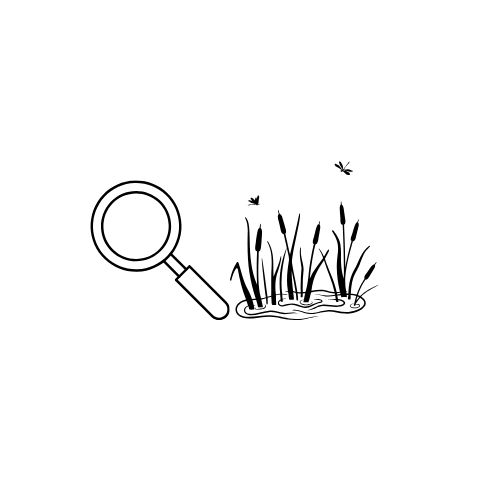Use this checklist to make sure that your pond builder is right for you.
Initial Planning
– Define the purpose of the pond (aesthetic, wildlife, fish, swimming, etc.).
– Measure the available space and decide on the pond’s size and shape.
– Research local regulations or permits for pond construction.
– Set a budget for the project.
Choosing a Pond Builder
– Verify the builder’s experience with your type of pond (e.g., koi pond, wildlife pond, natural swimming
– Request references or check online reviews.
– Confirm the builder has relevant certifications or insurance.
– Ask for examples of previous projects or a portfolio.
– Compare quotes from at least three different builders.
– Understand the builder’s pricing structure (materials, labor, and any hidden costs).
Design and Construction
– Collaborate with the builder on the design, including depth, features, and landscaping.
– Discuss filtration and aeration options (e.g., bog filter, UV clarifier, pond skimmer).
– Ensure proper safety measures for children and pets.
– Select appropriate materials (liner, underlayment, rocks, etc.) based on durability and budget.
– Plan for plant selection (marginal plants, oxygenators, floating plants).
– Agree on a timeline for the project.
Installation Details
– Ensure proper excavation depth for fish or plants.
– Confirm placement of electrical components (pumps, lights, etc.) complies with safety codes.
Pond Builder Checklist
– Check that plumbing and filtration systems are installed correctly.
– Verify that edging materials (rocks, bricks, or turf) are secure and stable.
– Confirm that the builder tests the pond’s water flow and filtration system before completion.
Post-Construction
– Request a guide on pond maintenance from the builder.
– Verify warranty coverage for materials and workmanship.
– Schedule a follow-up inspection to ensure the pond is functioning as designed.
Additional Features (Optional)
– Waterfall or fountain installation.
– LED pond lighting.
– Pond jets for aeration.
– Automatic water-level control systems.
– Predator deterrents (e.g., netting or decoys).
You can download and print this page by clicking here.
